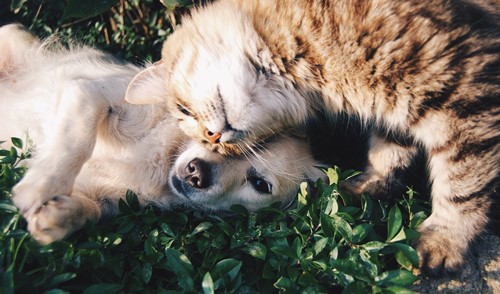
Photo by Free-Photos via Pixabay
Plants can enhance the look and feel of your home, and some can even improve your indoor air quality. But if you have pets, you need to be selective about the plants you bring into your home. Choosing the right plants allows you to enjoy a lush indoor herb garden or a striking bowl of succulents without worrying about your pet's health. Choose one of the plants below to ensure you can beautify your space risk and worry-free.
There are plenty of plants that are hazardous to pets and that should be enjoyed in another setting, not your home. Check any plant you are considering bringing home for pet-friendliness -- and avoid the plants below; these are considered dangerous to animals:
Choosing the right plants lets you enjoy the benefits of greenery indoors, without risk; choose from the first list above to ensure you add a colorful accent to your home without worrying about your pet's health. If you're not sure about a plant, check the ASPCA list of toxic plants to ensure the pieces you bring into your home are truly safe.

Lori Geraci, ABR, AHWD, GRI, SFR, REALTOR®
Phone: 203-910-0997
E-Mail: [email protected]
Web: www.RealtyByLori.com
I Have:
Experience
Commitment
Hard Work
Enthusiasm
Results